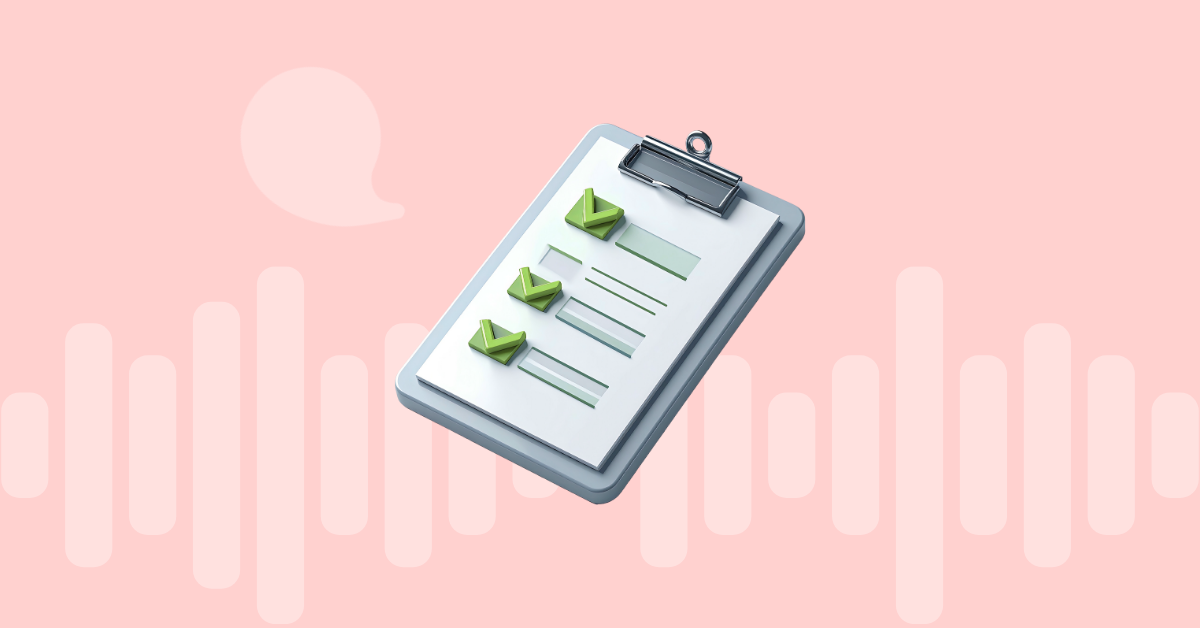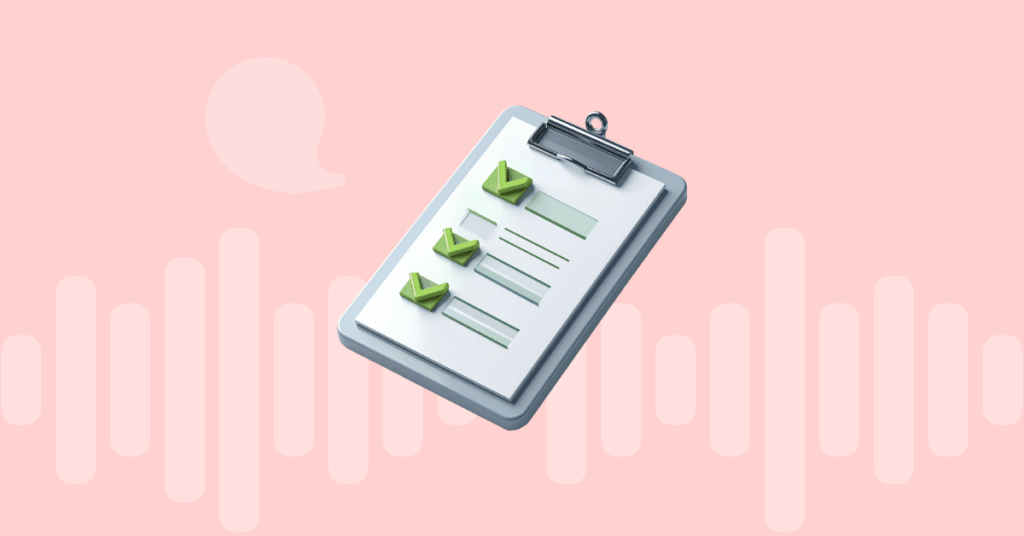
Table of contents
In today’s digital era, business communication is undergoing a significant transformation. Previously, organizations heavily relied on PBX (Private Branch Exchange) systems to manage their internal and external phone communications.
However, technological advancements have created a more flexible and efficient alternative: VoIP (Voice over Internet Protocol) technology.
Before delving into the details of migrating from traditional PBX to VoIP PBX, it’s essential to understand what these systems are and how they differ.
What is traditional PBX?
PBX, short for Private Branch Exchange, refers to a private telephone network used within an organization to direct incoming and outgoing phone calls. This system traditionally relies on physical hardware on the company’s premises and requires extensive wiring infrastructure.
What is VoIP PBX?
On the other hand, VoIP PBX (Voice over Internet Protocol) is a technology that enables phone calls to be made over the Internet instead of traditional phone lines. Instead of using dedicated wiring infrastructure, VoIP calls are transmitted over IP networks, allowing for greater flexibility and efficiency in business communication.
VoIP PBX represents a modern and efficient solution for managing business communications, catering to contemporary organizations seeking flexibility and cost savings.
This guide will explore the benefits of migrating from a traditional PBX system to VoIP PBX technology and the critical steps for a successful migration.
Continue reading to discover how your business can benefit from this transition to the future of business communications.
Expert Tip
“Migrating to VoIP PBX can offer numerous benefits, such as cost reduction, increased functionality, and remote work capability. However, proper planning and a smooth transition are crucial to maximize return on investment and minimize disruptions to daily operations.”
Benefits of migrating from PBX to VoIP
Migrating from a traditional PBX phone system to VoIP technology offers many benefits for businesses of all sizes and industries. These benefits include:
Cost reduction
One of VoIP technology’s most notable advantages is its ability to significantly reduce communication costs.
By using the Internet to transmit calls, businesses can eliminate costs associated with traditional phone lines and long-distance call charges, leading to significant long-term savings.
Greater flexibility and scalability
VoIP technology offers greater flexibility and scalability compared to traditional PBX systems. With VoIP, adding or removing phone lines is easy as the business’s needs change.
VoIP’s advanced features, such as call transfer between devices and integration with business applications, provide greater operational flexibility.
Advanced features
VoIP offers many advanced features not available in traditional PBX systems.
These include voicemail to email, phone conferencing, real-time call tracking, and the ability to automatically route calls according to predefined rules.
These features enhance operational efficiency and staff productivity.
Support for remote work
With VoIP technology, employees can make and receive calls from any location with Internet access.
It is especially beneficial for businesses with remote employees or those implementing flexible work policies. VoIP facilitates collaboration among geographically dispersed teams and improves employee accessibility.
Integration with other business applications
VoIP easily integrates with other business applications, such as customer relationship management (CRM) systems and online collaboration tools.
This integration enables smoother and more efficient communication and better management of customer information.
Plan before migration
Before making the switch to VoIP PBX, there are a few things you need to consider to ensure everything goes smoothly. Here are three key steps:
Evaluate current infrastructure
First, take a look at what you already have. Review your current telecommunications infrastructure.
- What type of PBX are you using?
- What is its capacity?
- Are your cables and equipment in good condition?
This assessment will give you a clear idea of your starting point and what you will need for the transition.
Select the VoIP service provider
Next, it’s time to find the right partner for your VoIP journey. Research different VoIP service providers and compare what they offer.
- Do they have a good reputation?
- What features do they offer?
- What is their level of technical support?
Don’t rush this decision. Make sure to choose a reliable provider that meets your specific business needs.
Train your staff
Last but not least, prepare to train your team. The transition to VoIP can be a significant change for your staff, so it is crucial to ensure they are ready.
- Provide training on how to use the new system
- Familiarize them with the new features
- Address any questions they may have
A well-informed and trained team will make the migration much smoother.
Checklist for successful migration from traditional PBX to VoIP PBX
1- Plan and design the VoIP system
When planning the migration to VoIP PBX, it is essential to set clear and understandable goals for the transition.
These goals might include:
- Improving communication efficiency
- Reducing costs
- Integrating new functionalities
Ensure that all stakeholders, including IT teams, management, and end-users, are involved in defining these goals.
When designing the VoIP system, consider the existing network architecture, bandwidth requirements, and voice traffic patterns. Designing an infrastructure that is scalable and capable of handling future business growth is crucial.
Also, be sure to consider network security when designing the VoIP system. You can implement firewalls, intrusion detection systems and other security measures to protect company data and communications.
2- Configure VoIP infrastructure
Before migrating, ensure the network infrastructure is adequately configured to support VoIP traffic.
It may involve configuring routers, switches, and firewalls to prioritize voice traffic and ensure optimal quality of service.
Configure the necessary VoIP servers and equipment to support the new system, including installing and setting up:
- SIP servers
- Media servers
- Other required network devices to ensure VoIP system to work properly
3- Assess network capacity
Before migrating to VoIP, evaluate the existing network capacity to ensure it can handle the additional voice traffic.
It may involve conducting bandwidth, latency, and packet loss tests to identify potential bottlenecks and areas for improvement.
Consider upgrading the network infrastructure or expanding bandwidth capacity to ensure optimal VoIP performance if necessary.
4- Select and configure VoIP devices
Choosing the proper VoIP devices is crucial for a successful migration.
When selecting IP phones and other VoIP devices, ensure they are compatible with the VoIP system and meet the business’s functionality and performance requirements.
Once selected, configure the devices correctly to ensure seamless integration with the VoIP system. It may involve setting up IP addresses, connecting to the network, and configuring additional network parameters.
5- Perform functional tests
Conduct thorough testing before deploying the new VoIP system in production to ensure everything works as expected. It may include voice quality, connectivity, and functionality tests for system features.
Involve end-users in the testing process to gather feedback on usability and satisfaction with the new system.
6- Establish a migration plan
Develop a detailed migration plan with:
- A clear timeline
- Specific tasks
- Deadlines, assign responsibilities to each stakeholder involved in the migration process
Also, create a robust backup plan to address any issues during the migration.
It may include preparing a contingency plan, allocating additional resources, and communicating potential service impacts to end-users.
7- Perform the migration
During the migration phase, follow the detailed plan previously developed and ensure all tasks are completed as scheduled.
Provide additional technical support during the migration to address any issues or questions that arise promptly and efficiently.
8- Post-migration testing
After completing the migration, perform additional tests to ensure the new VoIP PBX system functions correctly in the production environment.
These tests may include connectivity, voice quality, and functionality tests to ensure everything works as expected.
9- Establish support procedures
Once the VoIP system is implemented, transparent and efficient technical VoIP support procedures will be established.
This may include creating a support ticket system, prioritizing issues, and setting expected response times to resolve problems promptly.
Further training should be provided to support staff in resolving common VoIP issues and provide reference resources, such as manuals and user guides.
10- Monitor and optimize performance
After implementing the VoIP PBX system, continuously monitor its performance to identify any issues or potential areas for improvement.
It may involve network monitoring tools to supervise voice traffic, quality, and system availability. Additionally, adjustments and optimizations should be made to improve the VoIP system’s performance and efficiency over time.
VoIPstudio helps you migrate from traditional PBX to VoIP PBX
VoIPstudio is one of the best options to help your company migrate its traditional PBX phone system to VoIP PBX for several reasons:
Ease of implementation
VoIPstudio offers a plug-and-play solution that simplifies configuration and migration without requiring advanced technical knowledge. It reduces the time and costs associated with migration.
Scalability and flexibility
The VoIPstudio platform is highly scalable, allowing companies to adjust the number of lines and users easily.
Quality of service
We use advanced technologies to ensure exceptional quality of service. Our global network infrastructure ensures that calls are clear and stable, even in remote locations.
Advanced features
VoIPstudio offers many advanced features that are unavailable in traditional PBX systems.
Security
VoIPstudio prioritizes security. Our platform includes end-to-end call and data encryption. Additionally, we have integrated firewalls and protection against DDoS attacks.
It ensures secure and reliable business communications.
Technical support
VoIPstudio offers 24/7 technical support to assist with any issues arising during and after migration. Our highly trained support team is accessible through multiple phone, chat, and email channels.
Integration with other systems
The VoIPstudio platform easily integrates with other business systems and applications, such as CRM and task management systems. It enables greater operational efficiency and better customer information management.
Cost-effectiveness
VoIPstudio offers competitive rates and transparent pricing structures without hidden charges. It allows companies to reduce communication costs significantly compared to traditional PBX systems.
Experience and reputation
VoIPstudio boasts a solid market reputation and a satisfied customer base worldwide. Our experience in the VoIP industry ensures a smooth migration and reliable service.
Free and no obligation trial
VoIPstudio offers a free trial that allows companies to test the platform and its features before committing. This allows them to evaluate the service risk-free.
VoIPstudio case study: Successful Replacing PBX phone systems with VoIP
Discover how MeteoGroup, one of the leading providers of B2B weather solutions, improved its communications and productivity with VoIPstudio.
Frequently asked questions about migrating from traditional PBX to VoIP
What are the main benefits of switching from traditional PBX to VoIP PBX?
Switching from traditional PBX to VoIP PBX offers numerous advantages. These include significant cost reductions, as VoIP calls are typically more economical, especially for international communications.
VoIP offers greater flexibility and scalability, allowing for easy addition or removal of lines based on the company’s needs.
VoIP’s advanced features enhance productivity and communication efficiency.
Additionally, it supports mobility, enabling employees to make and receive calls from anywhere with an Internet connection.
What infrastructure requirements do I need to implement VoIP?
You need a high-speed Internet connection with sufficient bandwidth to handle voice and data traffic.
Are you using an on-premise solution? It is recommended to use a robust network and VoIP-compatible hardware, such as IP phones, ATA adapters for analog phones, and a SIP server.
In some cases, it may be necessary to upgrade network infrastructure to ensure optimal call quality and stable connectivity.
Is VoIP secure?
VoIP can be very secure if the appropriate security measures are implemented.
These include:
- Call and data encryption to protect information during transmission
- Using firewalls to safeguard the network against unauthorized access
- Intrusion detection and prevention systems to identify and mitigate potential threats.
It is also essential to keep VoIP software and devices updated with the latest security patches and follow best security practices, such as strong passwords and network segmentation.
How reliable is VoIP PBX service compared to traditional PBX?
VoIP PBX service can be as reliable as conventional PBX, provided a suitable network infrastructure and a quality service provider like VoIPstudio.
The quality and reliability of VoIP largely depend on the quality of the Internet connection and network configuration. Implementing measures to prioritize voice traffic and using network redundancy can help improve reliability.
Additionally, many VoIP providers offer Service Level Agreements (SLAs) that guarantee high-quality uptime and technical support.
How much does it cost to migrate from PBX to VoIP, and what are the recurring costs?
The cost can vary depending on the company’s size and specific needs.
Initial costs may include purchasing VoIP-compatible hardware, network infrastructure upgrades, and potential installation and configuration fees.
Recurring costs typically include monthly fees from the VoIP service provider, often lower than those of traditional PBX services. They may also include local and international call charges, and there may be maintenance and technical support costs.
However, many companies find VoIP more economical in the long run due to lower operational costs and reduced call expenses.
More from the blog
Want to improve your business communication?
Unlock enterprise-class call center power at affordable prices – no hardware, no delays, no surprises!








